
And in 1932, caves and shrines on Longmen Mountain were destroyed to make way for road construction when then government relocated the capital from Nanjing to Luoyang.
Yet somehow, these traumatic events and the evident scars miraculously lend beauty and mystery to the grottoes.
Repeatedly, I saw visitors reach out to touch and run their hands along Buddha statues along the zigzagging mountain path, even though this is forbidden.
Fengxian Temple
The highlight of a Longmen tour comes at the Fengxian Temple, a huge open-air temple carved directly into the mountain.
More than 30 meters wide and nearly 40 meters deep, Fengxian Temple has 11 giant statues of Buddha and warriors - the largest has an earlobe as high as American basketball star Jeremy Lin. (That's 1.91 meters.)
The tricky thing is, due to the huge scale of the temple, there's no way to get a panorama view unless you climb several dozens stones stairs leading to a worship platform.
As we heaved and puffed our way up, Zhu urged me on. "Come on. There's a price to pay if you want to see the masterpiece," she cajoled.
And it was worth it. Reaching the top I was welcomed by the benign smile of the Vairocana Buddha, the main image worshipped in Fengxian Temple.
With a height of 17 meters, the plump, round-faced Buddha has peaceful, penetrating eyes, as if she can see through and understand all the hardships you may have faced.
"She has a smile just like Leonardo da Vinci's 'Mona Lisa,'" Zhu said.
"Wherever you stand, she's always looking at you with a soothing smile."
Skeptical, I moved to another spot; her gaze followed. I moved again; her gaze followed. Maybe my subconsciousness was playing a trick on me. Or maybe not.
Carved as a middle-aged female, the Vairocana Buddha is said to resemble China's only empress, Wu Zetian, who ordered the construction. The whole project only took two years and was entirely funded by the empress herself, a testimony to the kingdom's wealth and power.
Normally, I find murals with bold colors and imaginative patterns more captivating than sculptures. But Fengxian Temple is an exception. What it lacks in visual impact, it makes up with exquisite craftsmanship.
Other interesting sites in Longmen Grottoes include the Yaofang Cave (Prescription Cave), a Northern Wei cave home to 147 traditional Chinese medicine prescriptions for 30 diseases; Lianhua Cave (Lotus Cave) which houses a fantastic relief sculpture of blossoming lotus on the ceiling and an array of intricate relief sculptures and figurines; and Kanjing Cave (Cave for Reading Sutras) that features 29 delicate relief sculptures returned by Canada in 2001.
When night fell, the grottoes are illuminated - making Longmen Mountain resemble a glitzy engraved Easter egg - for the only grotto night tour in China.
Next month, these night tours will resume after winter break, featuring upgraded LED lights that bathe statues in Fengxian Temple in their original colors, long weathered away.
Seeing these vivid tones creates a link back to the people who created these beautiful works so many years ago and reminds us that despite all the hardships faced, Longmen Grottoes have endured.
If you go
How to get there:
Domestic airlines operate direct flights from Shanghai to Luoyang. The high-speed railway line from Henan's capital Zhenzhou to Longmen Grottoes and Luoyang takes about 45 minutes.
The city boasts a swift public transport system. Bus Nos. 53, 60, 81 all stops at Longmen Grottoes. A taxi ride from downtown to the site costs around 40 yuan (US$6.4).
Tour tips:
The Longmen Grottoes site includes grottoes on the western Longmen Mountain, eastern Xiangshan Mountain, Xiangshan Temple and Baiyuan Garden - the resting place of Tang poet Bai Juyi (AD 772-846).
Opening hours: 8am-6:30pm; 120 yuan (US$19) per person.
Night tours of part of the site run from next month from 7pm, for 120 yuan per person.


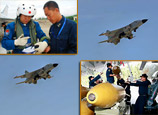
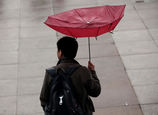
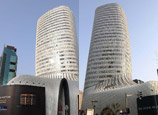
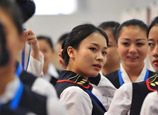

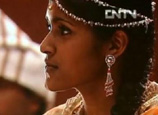

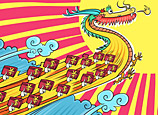
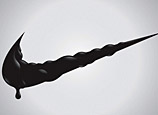






 Spring comes to China. More Spring Photos: 'Fresh style' ;'Spring Style'
Spring comes to China. More Spring Photos: 'Fresh style' ;'Spring Style'


![]()
